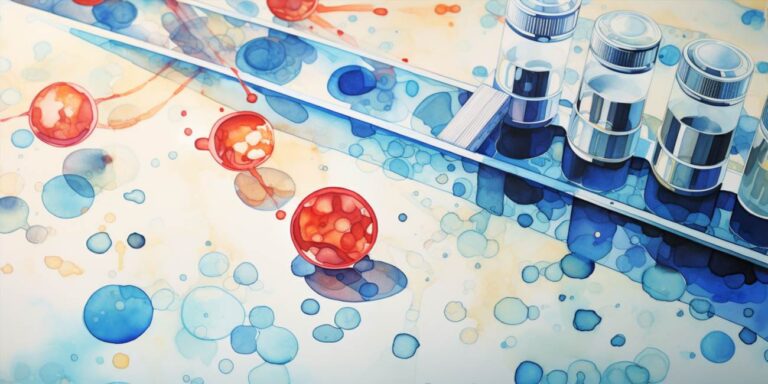Homocystynuria is a rare genetic disorder that affects the metabolism of the amino acid homocysteine. This condition can lead to a variety of health problems, including cardiovascular issues, eye problems, and developmental delays. In this article, we will explore the causes, symptoms, diagnosis, and treatment options for homocystinuria.
Causes of homocystynuria
Homocystinuria is caused by mutations in genes that are involved in the breakdown of homocysteine. Normally, homocysteine is converted into other substances that the body needs. However, in individuals with homocystinuria, this process is disrupted, leading to the accumulation of homocysteine in the blood and tissues.
Symptoms of homocystinuria
The symptoms of homocystinuria can vary from person to person and may appear at different ages. Some common symptoms and complications associated with this condition include:
- Eye problems, such as nearsightedness and dislocated lenses
- Skeletal abnormalities, including tall stature and long limbs
- Cardiovascular issues, such as blood clots and heart disease
- Developmental delays and intellectual disabilities
- Thromboembolism (blood clots that can travel to other parts of the body)
Diagnosis of homocystinuria
Diagnosing homocystinuria typically involves a combination of clinical evaluation and laboratory tests. Doctors may look for physical signs and symptoms associated with the condition, such as eye problems and skeletal abnormalities. Blood tests can also measure the levels of homocysteine in the blood, which is usually elevated in individuals with homocystinuria. Genetic testing can confirm the diagnosis by identifying specific mutations in the responsible genes.
Treatment options for homocystinuria
Management and treatment of homocystinuria primarily focus on reducing the levels of homocysteine in the body. This can be achieved through dietary modifications and supplementation with certain vitamins and cofactors. Some common treatment approaches include:
- Low-protein diet to limit the intake of methionine, an amino acid that is converted into homocysteine
- Supplementation with vitamin B6, vitamin B12, and folic acid to support homocysteine metabolism
- Medications to help lower homocysteine levels
Q: is homocystinuria a common condition?
A: No, homocystinuria is considered a rare genetic disorder, and its prevalence is relatively low compared to other medical conditions.
Q: can homocystinuria be cured?
A: There is no cure for homocystinuria, but with early diagnosis and appropriate treatment, many individuals can manage the condition and lead relatively normal lives.
Q: are there any support groups for individuals with homocystinuria?
A: Yes, there are support groups and organizations that provide information, resources, and support to individuals and families affected by homocystinuria. These groups can be valuable for sharing experiences and finding assistance.
Q: can homocystinuria lead to life-threatening complications?
A: Yes, if left untreated, homocystinuria can lead to serious health issues, including cardiovascular problems and thromboembolism. Early intervention and management are crucial to minimizing the risk of such complications.
Q: is genetic counseling recommended for families with a history of homocystinuria?
A: Yes, genetic counseling can be beneficial for families with a history of homocystinuria. It can help individuals understand their risk of carrying the genetic mutation and make informed decisions about family planning.
Zobacz także:






